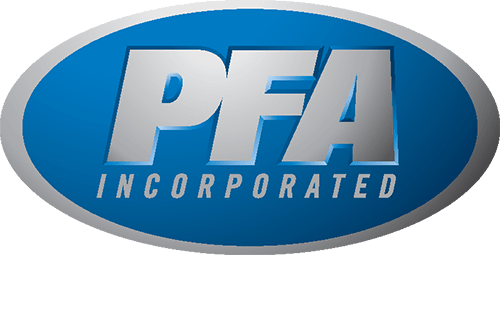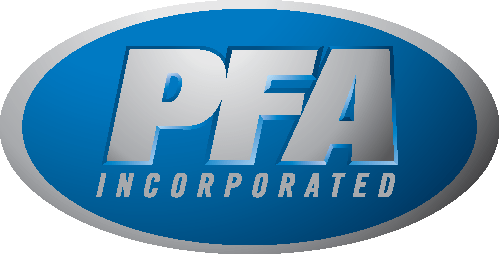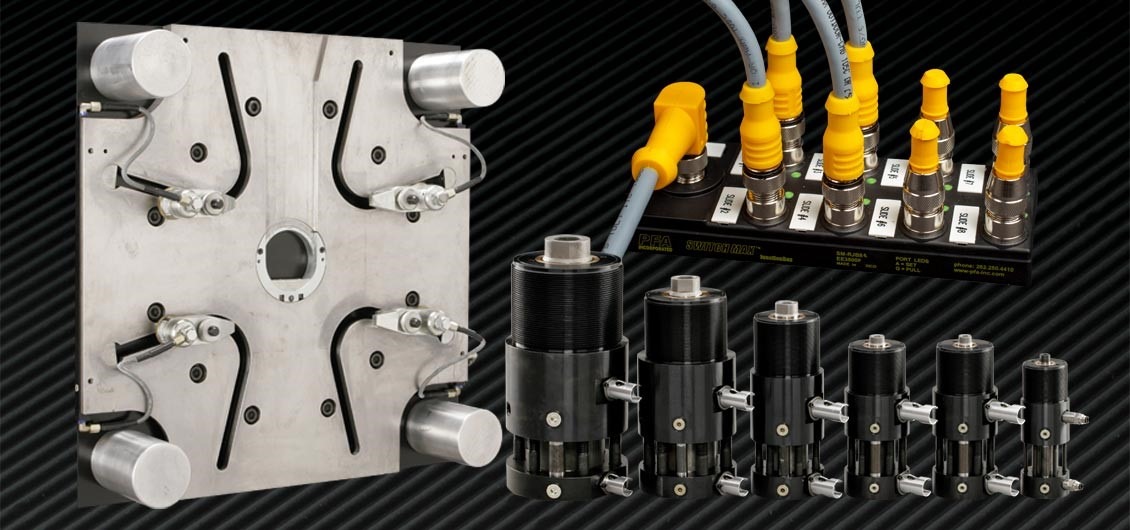I. Introduction
In today’s fast-paced manufacturing landscape, injection molding has emerged as a leading technique for producing a vast array of products, from automotive parts to consumer goods. As manufacturers strive for greater efficiency and precision, the integration of sensor connectivity into the injection molding process has become a game changer. By enabling real-time data collection and communication, connected sensors are streamlining automation, enhancing productivity, and ensuring product quality. In this blog post, we’ll explore how sensor connectivity enhances automation in injection molding processes, the benefits it brings, and future trends shaping the industry.
II. Understanding Injection Molding
Injection molding is a highly versatile manufacturing process that involves several key steps:
- Material Preparation: Plastic pellets are heated until they melt into a molten state.
- Injection: The melted material is injected into a mold cavity under high pressure.
- Cooling: The material cools and solidifies into the desired shape.
- Ejection: Once solid, the molded part is ejected from the mold.
This method is widely favored due to its ability to produce complex shapes with tight tolerances quickly. However, managing these processes can be challenging. The intricacies involved require precise control over various parameters such as temperature, pressure, and flow rates. As the demand for higher production speeds and customizable solutions grows, optimizing the injection molding process is paramount.
III. The Role of Sensors in Manufacturing Automation
The integration of sensors into injection molding machinery has played a critical role in enhancing automation. Several types of sensors are employed, each serving a specific function:
- Temperature Sensors: Monitor the temperature of materials and molds, ensuring optimal conditions for melting and cooling.
- Pressure Sensors: Gauge the pressure levels during injection, providing crucial data to avoid defects.
- Flow Sensors: Measure the flow rate of materials entering the mold, ensuring consistent fill times.
Connected sensors collect real-time data that are vital for improving process control. They offer critical insights into operational efficiency and help manufacturers swiftly identify and address potential issues. Furthermore, sensor connectivity facilitates predictive maintenance: by providing alerts when equipment is nearing failure, manufacturers can minimize unplanned downtime and reduce repair costs.
IV. Benefits of Sensor Connectivity in Injection Molding
A. Enhanced Process Monitoring
Connected sensors provide continuous monitoring of key process parameters, empowering manufacturers to achieve impeccable quality control.
- Data-Driven Decision Making: Real-time monitoring allows operators to make informed decisions based on actual conditions rather than guesswork.
- Improved Quality Control: By continuously tracking process variables, manufacturers can avoid defects, reducing scrap rates and ensuring product integrity.
B. Increased Operational Efficiency
With connected sensors, the injection molding process can operate more smoothly and efficiently.
- Faster Response Times: Immediate alerts about anomalies in the process enable operators to address issues promptly, thus minimizing disruptions and delays.
- Reduced Cycle Times: Data-driven insights lead to optimized machine settings, ultimately shortening production cycles and increasing output.
This heightened efficiency allows manufacturers to keep pace with market demands while maintaining competitiveness.
C. Cost Reduction
Sensor connectivity brings about significant cost savings for manufacturers.
- Waste Reduction: By improving monitoring capabilities, manufacturers can minimize material waste due to defects or suboptimal processing conditions.
- Energy Savings: Sensors can provide insights into energy consumption patterns, allowing operations to become more energy-efficient and reduce costs associated with power usage.
In conclusion, the financial benefits of integrating sensor technologies in injection molding processes are substantial, contributing to a more profitable operation.
V. Case Studies of Successful Implementations
Several manufacturers have successfully integrated sensor connectivity into their injection molding operations, experiencing remarkable improvements.
- Case Study: Automotive Parts Manufacturer
- Challenge: The manufacturer faced recurring defects due to inconsistent injection pressures.
- Solution: By installing pressure sensors connected to an automated monitoring system, the company was able to maintain optimal pressure levels during the injection process.
- Outcome: Defect rates dropped by 35%, leading to substantial cost savings and higher customer satisfaction.
- Case Study: Consumer Goods Producer
- Challenge: The producer struggled with prolonged cycle times that hindered production capacity.
- Solution: Flow sensors were integrated into the system to monitor and adjust flow rates in real-time.
- Outcome: Cycle times decreased by 20%, allowing the company to meet demand more efficiently and with greater flexibility.
These examples highlight the positive impacts of sensor connectivity on production performance while showcasing the potential for innovation in an evolving manufacturing landscape.
VI. Future Trends in Sensor Connectivity for Injection Molding
As sensor technology continues to advance, several emerging trends are likely to shape the future of sensor connectivity in injection molding:
- Integration of IoT: The Internet of Things is set to revolutionize manufacturing by connecting machines and sensors, enabling comprehensive data analysis across the entire production line.
- Use of AI and Big Data: Leveraging artificial intelligence will allow manufacturers to analyze vast amounts of data from sensors to identify patterns, optimize processes, and make predictive decisions.
- Increased Automation: Continued advancements in robotics and automation will create even greater synergies between sensors and automated systems, streamlining production workflows.
These trends indicate a clear path toward more intelligent, flexible, and efficient manufacturing processes in the injection molding sector.
VII. Conclusion
The integration of sensor connectivity into injection molding processes is undeniably transforming the manufacturing landscape. By enhancing process monitoring, increasing operational efficiency, and reducing costs, connected sensors are streamlining automation in ways that were unimaginable just a few years ago. As we look towards the future, the advancements in sensor technologies promise to drive even further improvements in manufacturing productivity and quality.
Manufacturers who embrace the power of sensor connectivity today will undoubtedly position themselves for future success in an increasingly competitive and dynamic environment. Are you ready to step into the future of injection molding? Consider integrating connected sensors into your processes and experience the difference for yourself!


